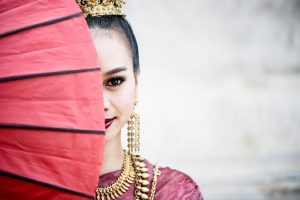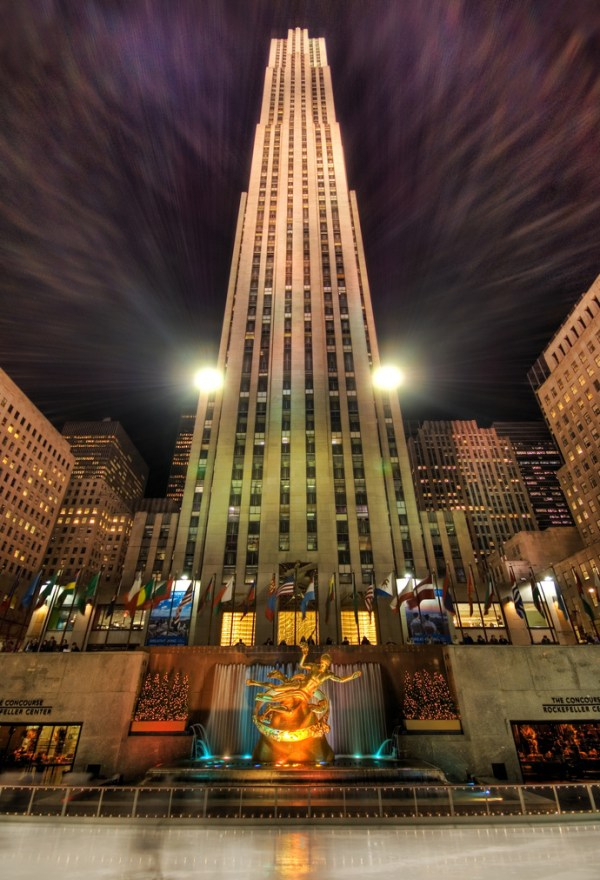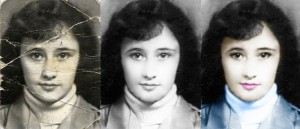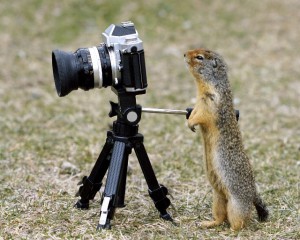SEE IN BOTH? OR NOT?
 Most of us look at the world with two eyes. But whenever a person takes a picture, one of them closes. Maybe we should stop this practice forever?
Most of us look at the world with two eyes. But whenever a person takes a picture, one of them closes. Maybe we should stop this practice forever?
With a few exceptions, cameras do not have two lenses at the same time. They create an image with a single lens, so the results are always two-dimensional.
However, when you look through two lenses, like through binoculars, you can perceive more depth in the picture. That is why we look with two eyes, it helps us to perceive the depth and distance between objects.
Closing one eye allows a person to see the picture in the same two-dimensional manner as the camera. This can be useful for previewing a photo. When you use one eye, you see the relationship between objects in your field of view differently. This can be especially useful when creating a portrait or photographing everything that you want to separate from the background.If you look at the same time with two eyes, you may not notice, for example, that something “grows” from the head of your object. But if you close one eye, it will make it easier to notice the distractions associated with the subject.
Immediate experiment!
Extend your hand in the direction of a small object, which is 2-3 meters away from you. Close your finger with the index finger. After that, close one eye first, and then look at the object with another eye.
When you get used to how the picture changes, you will begin to look through your lens in a new way. Knowing that you happening around you perception when you look with only one eye, and one lens can help you position the camera with more precision.
This is especially useful when shooting an isolated object. When the background contains distracting elements, even a slight repositioning of the camera can help hide them. By moving left, right, up or down, you can remove these elements from view. Similarly, closing one eye in preparation for shooting can help.
By opening your eyes, you can learn more about what is happening around you. When viewed through the viewfinder, an interesting object can fully absorb your attention. You may not notice something nearby.
The realization that someone could potentially enter your composition will also help you improve your photos. When both eyes are open, you can see who will come, and, subsequently, choose whether or not to include “visitors” in your picture.
Focusing on what you see in the viewfinder is somewhat more difficult when you have a second eye. You need to learn to share your vision and carefully analyze what you see through the lens and what you see with the other eye.
When you want to learn how to do something well, you will need practice. Even when you are not shooting, try to look through the viewfinder more often and keep the second eye open. The more you do it, the more natural it will be for you. Repetition will increase muscle memory, and you will get used to the separation of two fields of view.
From the side it may seem very strange that you keep both eyes open while taking a picture. But don’t worry about what other people think. Once you get used to this technique, you can look at things around in a new way! Set yourself the task of practicing, continue until this exercise is natural, and very soon you will appreciate the benefits obtained.



